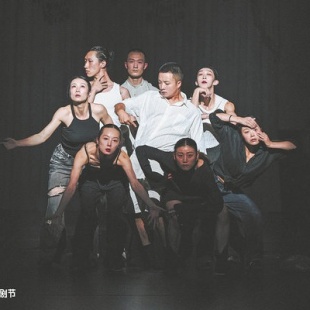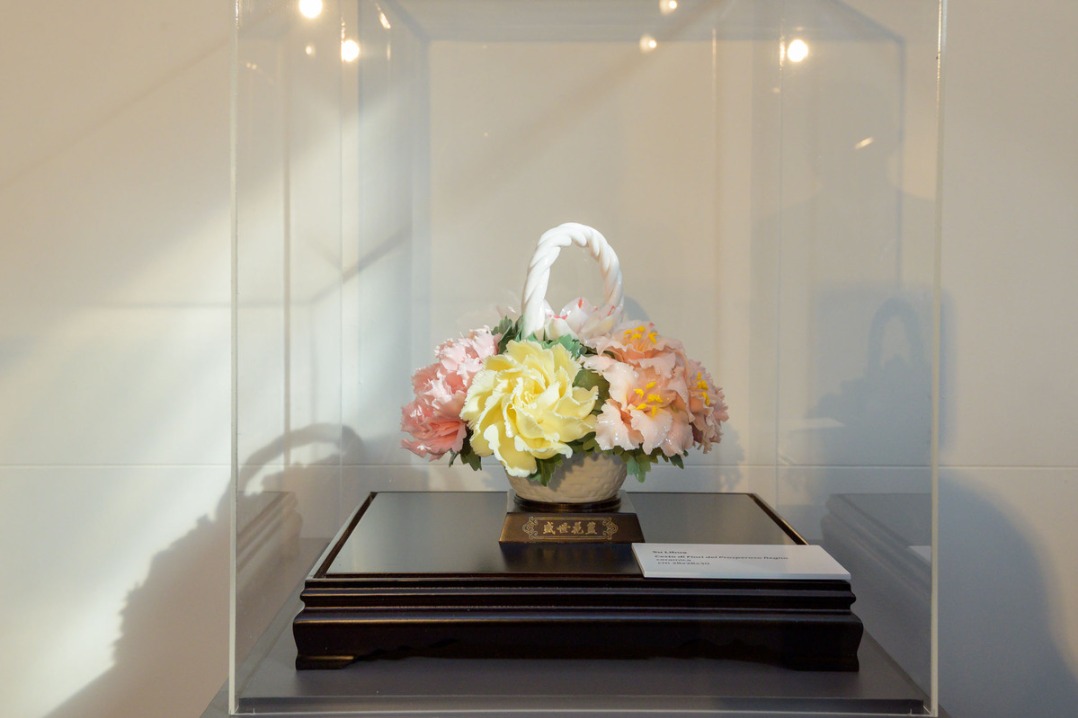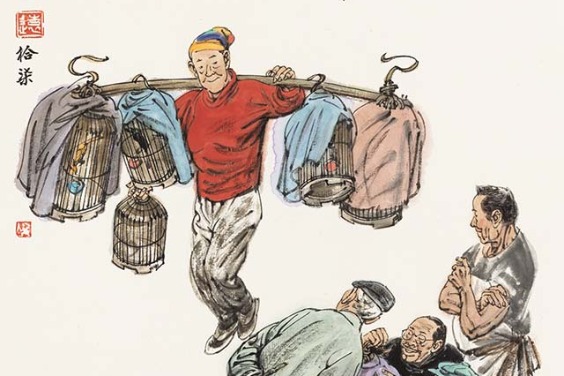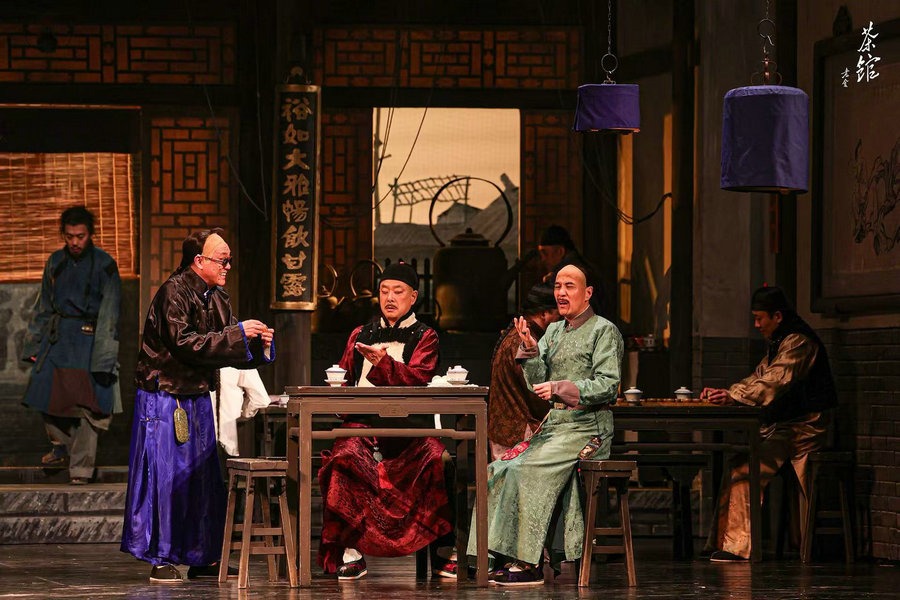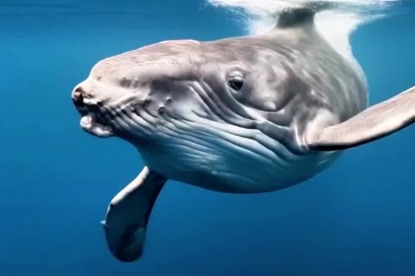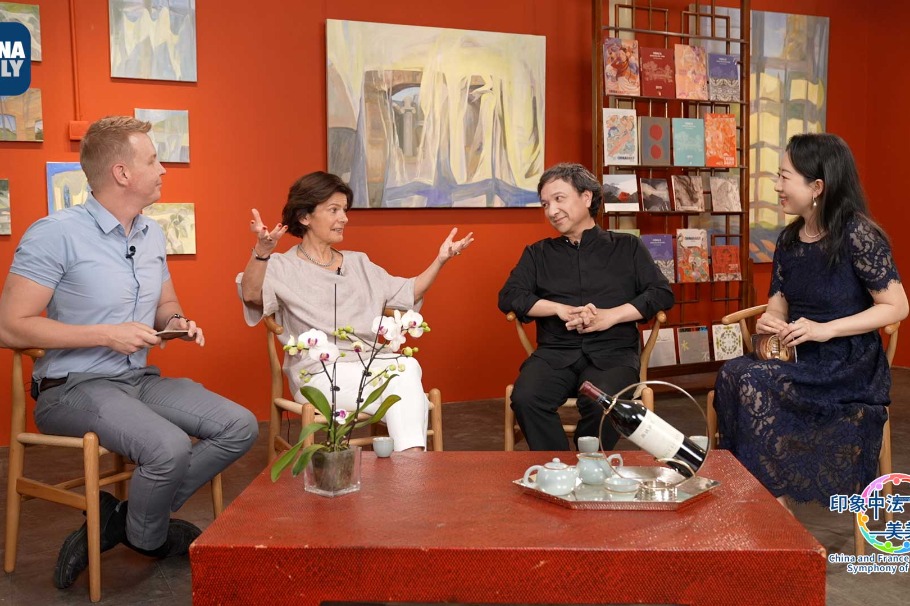Aranya fires up theater festival
Visitors flock to seaside community for 11 days of art and performances, Cheng Yuezhu reports in Qinhuangdao, Hebei.

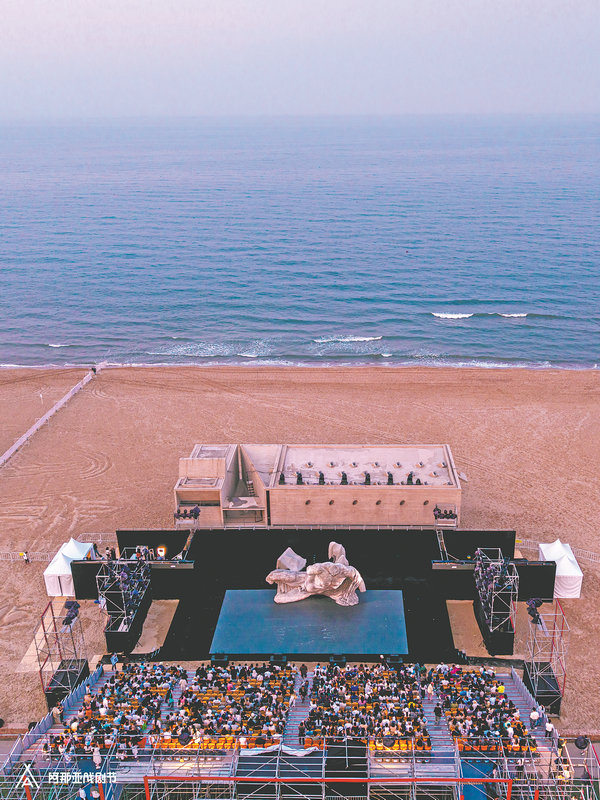
This year, the theater festival invited 29 productions with a total of 94 performances brought by 40 directors from China and abroad, among which 16 were international shows.
According to theater critic Zhang Zaitu, compared with other major theater festivals in China, the Aranya Theater Festival has gradually developed a distinct style in terms of its program, aesthetics and theater venues.
Held inside a small community, the festival offers a dense, celebratory atmosphere with events such as invited productions, script-reading sessions, panel talks, and screenings taking place just around the corner.
"Visitors can enjoy a high density of performances and information in a short time and fully immerse themselves in art without distractions, as if in a utopia cut off from reality," Zhang says.
An international scope, diversity, and hybridity are among its most notable features, Zhang adds. Not only is the percentage of international productions at a leading level in Chinese theater festivals, but many productions are known for being bold and innovative.
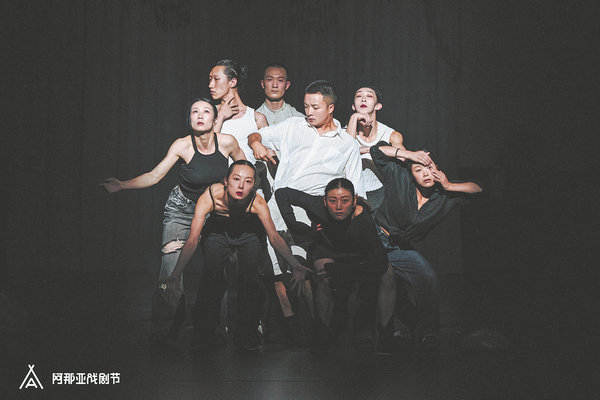
In the dance theater production Strange Tales, dancer and choreographer Yu Erge drew the audience into surreal and nightmarish scenes from Qing Dynasty (1644-1911) novelist Pu Songling's eponymous work.
The book is a collection of nearly 500 fantasy tales with supernatural characters, such as ghosts, fox spirits and divine entities. From the book, Yu and other members of the troupe selected several visually evocative stories and wove them into a dance piece primarily centered on human desire.
"I was interested in the book, especially because it is classic Chinese literature. I'd never merged Chinese culture with contemporary dance before, so I wanted to try something new," she says.
The selected tales are deconstructed and reinterpreted into a nonlinear narrative. On stage, Pu is portrayed as sitting in a chair and slipping into a web of fantasies. As all the stage props are taken away, everything around him disperses at the end of the show.
The dance piece retains its contemporary qualities while adopting traditional Chinese aesthetics in terms of movement, stage and sound designs.
For the choreography, Yu explored a physical language that is representative of Chinese expressions yet rooted in contemporary dance. For the music, composer Jiang Weixin fused a range of genres, folk instruments and traditional Chinese opera singing styles.
"In Pu's mind, the ghosts and fox spirits are beautiful. In contrast, it's sometimes the human characters who are more flawed. I wanted to present a version of Strange Tales that speaks to modern audiences, because they aren't just tales of the past; they resonate today," Yu says.


